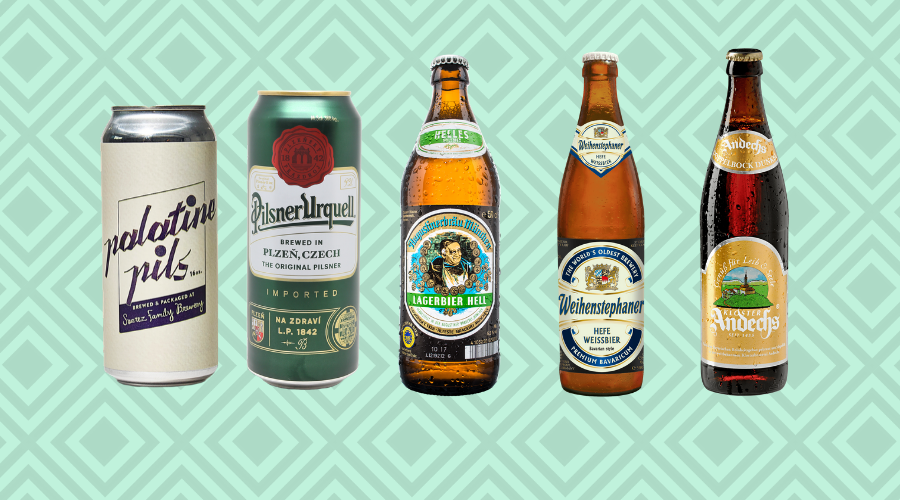
Lager is the most popular type of beer in the world. When most people think of beer, they think of a refreshing, fizzy yellow drink served ice cold – a pale lager. While pale and light lagers can be delicious, the world of lager beer has a lot more to offer.
In the last few years, craft breweries have started to dedicate more time, money, and tanks to brewing lager. While German and Czech brewers paved the way, breweries around the globe are producing amazing quality lagers. In this article, we list our top 10 lagers that will quench your thirst and please your palate. Prost!
What Is A Lager?
Lagers are a family of beers that use a bottom-fermenting yeast at cool (48-55°F) temperatures. After primary fermentation, lagers are usually moved to a conditioning tank to age for 4 to 6 weeks. In fact, the word ‘lager’ comes from the German word meaning ‘to store’. The flavor profile of lagers becomes smooth and clean with extended cold conditioning.
Fermenting beer at cooler temperatures with lager yeast suppresses esters. These compounds cause fruity flavors and aromas which are not desirable in lager. The cool fermentation produces a very clean beer with minimal yeast-derived flavors. Quality ingredients and high attention to detail are required to make a great lager. Any flaw in the process is accentuated due to the clean nature of the fermentation and yeast profile.
Within the category of lager, there are many different styles of beer and a wide range of flavors.
Popular Lager Styles
Pilsner
Probably the most popular lager style, Pilsner is light in color and effervescent. Noble hops, such as Hallertauer Mittelfrüh and Tettnanger are used to give the beer a fresh and herbaceous character with a firm bitterness. Traditional examples come from the Czech Republic and Germany. Czech pilsners are lighter in alcohol, very aromatic, and hoppy. German pilsners have a distinct bitterness and herbal hoppiness balanced with bready malt.
Helles
Originating in Munich, Germany, Helles beers are pale lagers, but with less hop character and bitterness than pilsners. Helles relies on delicate malt flavor and balance with a super clean and refreshing finish.
Vienna Lager
Light caramel flavor and moderate bitterness define the amber-hued style of Vienna lager. These originally come from Vienna but are brewed worldwide today. Interestingly, Mexico produces some of the best versions of Vienna lager. Due to a brief period of Austrian reign in the 19th century, thousands of Austrians immigrated to Mexico. They brewed and popularized their lager throughout the country.
Dark Lager
Many traditional lagers from Germany and the Czech Republic are dark in color. Dunkel and Schwarzbier are brewed with dark malts that give a roasted or chocolatey taste that pairs well with the clean lager character.
American Light Lager
We’ve all had them… 4% ABV, straw-colored and flavor deficient, American light lagers tend to be watery and thin bodied. They can be refreshing on a hot summer’s day but we’d recommend sticking to a well-made pilsner or Helles to quench your thirst.
Here are some of our absolute favorite lager beers that you should try:
Pilsner Urquell, Pilsner Urquell Brewery
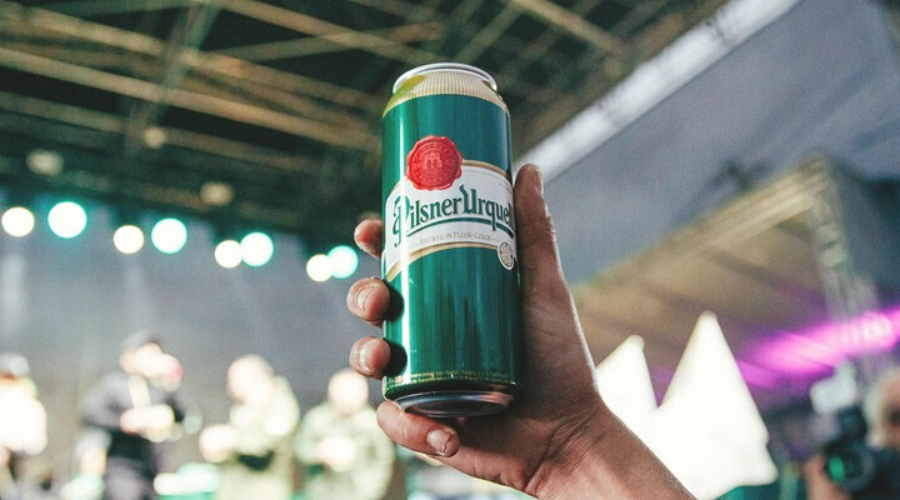
In the late 19th century, Bavarian brewer Josef Groll brewed what would become the gold standard for pale lagers worldwide. Using pale malts, Saaz hops, and the local soft water of Pilsner, Czech Republic, Pilsner Urquell was born.
This quintessential Czech lager comes in at only 4.4% ABV. Its distinctive aroma of Saaz hops is amplified due to it’s lively carbonation. A huge, frothy head sits atop this beautiful golden beer and doesn’t dissipate until the last delicious drop.
Augustiner Helles, Augustiner-Bräu
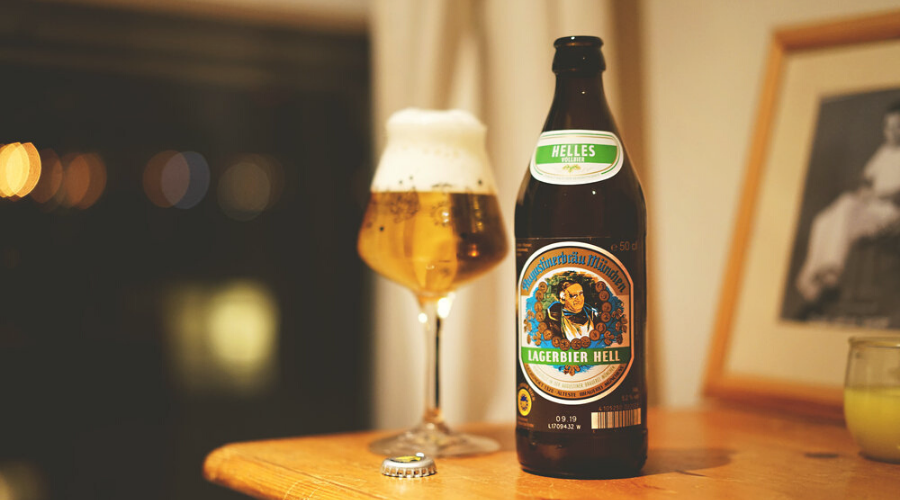
Beer in Bavaria is sacred. We’ve all heard of Oktoberfest and the Reinheitsgebot – we know the Bavarians take beer seriously. Intricate brewing practices and quality ingredients are used in brewing the classic styles of Bavaria. Each brewmaster seeks stylistic perfection. Well, perfection exists and it comes in the form of Augustiner Helles.
Pale gold with a frothy, tightly bound egg-white head, Augustiner is clear and feverishly carbonated. On the nose, sweet malt is accentuated by a subtle Noble hop character. Flavor-wise, this Helles brings to mind a crackery bread crust with a lightly sweet finish. Simply put, one of our favorite lagers available.
Dos Equis Amber
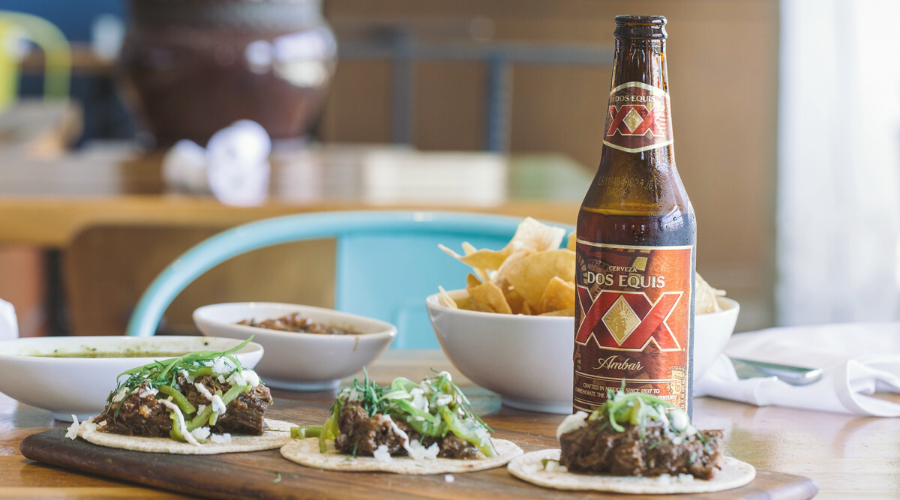
We’re not going to make a “Dos Equis Guy” joke, because this Vienna Lager is seriously good. Pouring a beautiful amber with a fluffy off-white head, aromas of toasted bread and sweet caramel float out of the glass. There is balanced bitterness and sweet malt on the tongue with a nice finish that isn’t cloying.
Whether savoured while relaxing on a Mexican beach or paired with a backyard BBQ, Dos Equis Amber is an outstanding Vienna Lager which is sure to please anyone from craft beer lovers to light lager drinkers.
Köstritzer Schwarzbier, Köstritzer Schwarzbierbrauerei

Köstritzer Schwarzbier is a black lager with notes of coffee, chocolate, and toasted bread. Unlike a stout or porter, a schwarzbier is light and refreshing, while providing a deep and unctuous mouthfeel.
This beer is one of the best in the style, readily available, and extremely consistent in quality. A refreshing and crushable black beer takes control and precision to brew. Köstritzer finds the ultimate balance between drinkability and roastiness that keeps you coming back for more, sip after sip.
Weihenstephaner Original, Bayerische Staatsbrauerei Weihenstephan

Most beer drinkers know Weihenstephan Hefeweizen – an outstanding example of German wheat beer. We think that their Original – a helles – is probably one of the most important beers in the world. A superb helles – bready, balanced, effervescent, and oh-so crisp.
Weihenstephan is one of the oldest breweries in existence. They’ve done extensive research into brewing science and make beer with the precision we know and love about German brewing tradition. The lager yeast used for their helles is the most widely used commercial strain in the world.
The Original is a quintessential helles and an amazing all-around beer.
Mönchsambacher Lager, Brauerei Zehendner
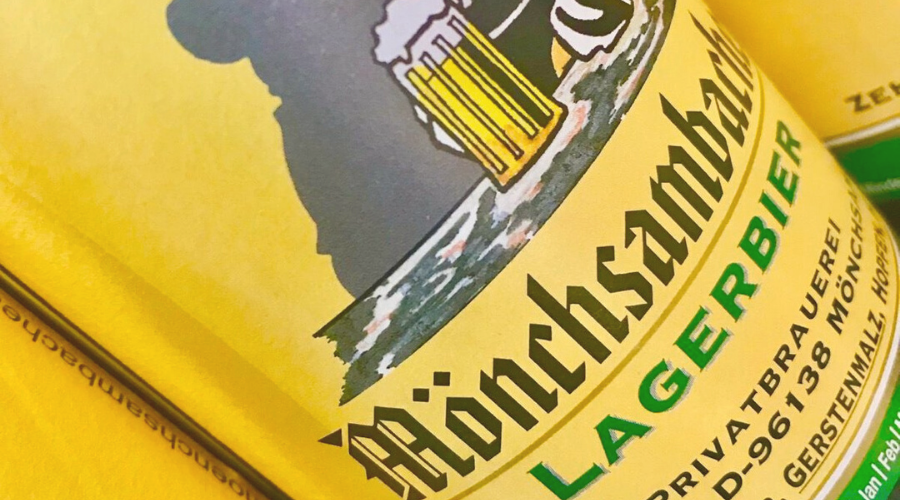
Franconia is a region in Germany famous for its traditional brewing methods. Peppered with small breweries producing a range of styles, this part of Germany has a rich brewing history. One of their hallmark styles is kellerbier. Traditionally open fermented and consumed young, this style is fresh and hazy. Our favorite is by Brauerei Zehendner.
Mönchsambacher Lager pours a cloudy yellow with a pillowy white head. Aromas of fresh grain, grassy hops, and citrus burst out of the glass. The mouthfeel is balanced with restrained malt sweetness propping up fresh noble hops. A treat of a beer that is worth seeking out. Best enjoyed fresh out of a Franconian keller – ahem – cellar.
Andechser Doppelbock Dunkel, Klosterbrauerei Andechs

Much like the Belgian Trappist brewing tradition, Germany has a long and deep-rooted monastic brewing history. Located in Bavaria, Andechs Abbey has been brewing since 1455. They make a range of lagers and ales but the standout is their Doppelbock Dunkel.
Clocking in at 7.1% ABV and pouring a deep mahogany, this beer has more similarities with a Belgian dubbel than a typical lager. The colder fermentation and lagering give this beer a clean yeast profile and subdued fruitiness. Flavors of plums, raisin, and dark bread sweep across the tongue. This beer gets better after each sip and is an amazing companion on a cold winter’s night.
Palatine Pils, Suarez Family Brewery
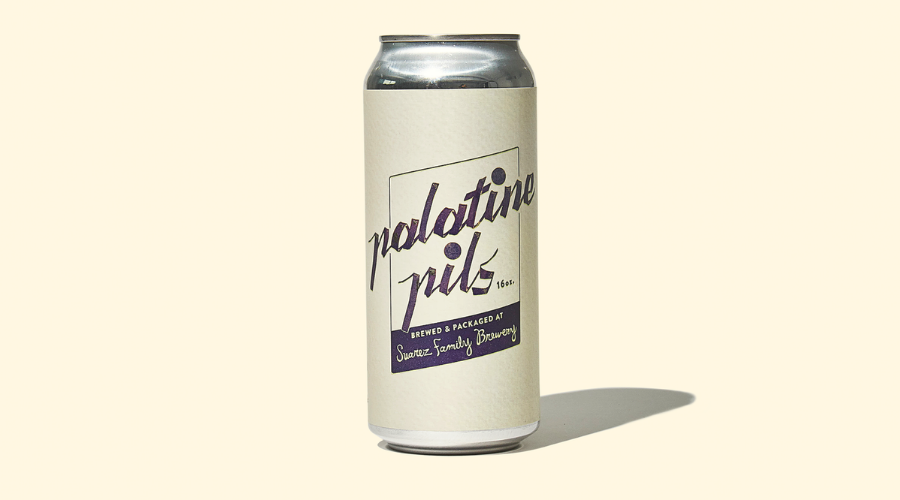
Suarez is a small brewery along the Hudson Valley in New York. They’ve made their mark in the craft beer world brewing world-class lagers, Saisons, and sour beer. It’s no surprise that their co-founder and brewer, Dan Suarez, got his start at Hill Farmstead. Both breweries share the same quality-driven and creative ethos.
Palatine Pils is a German-style pilsner with a strong presence of fresh, crisp malt and herbaceous Noble hops. Unfiltered, this beer pours a cloudy straw color with an endless foam that forms stiff peaks above your glass.
Dortmunder Gold, Great Lakes Brewing Company
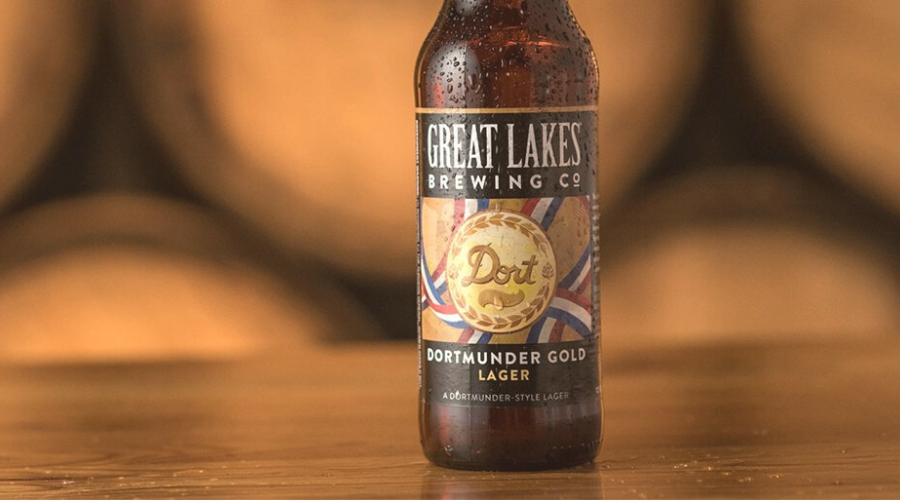
A Dortmunder is a traditional lager style from Dortmund, Germany. Dortmunters are similar to German pilsners but with a deeper gold appearance and maltier flavor profile.
Great Lakes has been brewing Dortmunder Gold since 1988. In our opinion, this version has eclipsed all German examples and takes the cake for the best Dortmunder in the world. The balance between malt sweetness and hop bitterness makes this beer smooth and endlessly drinkable.
Aecht Schlenkerla Rauchbier Märzen, Brauerei Heller-Trum
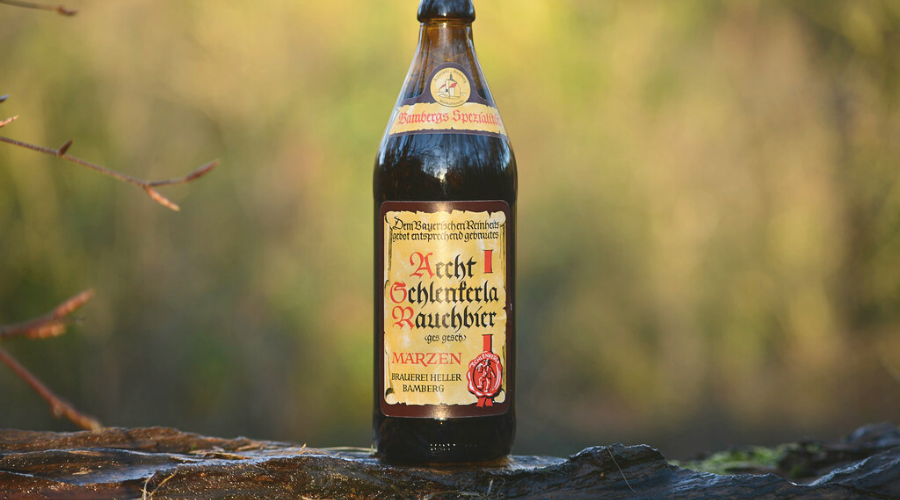
Disclaimer: This beer isn’t for the faint of heart. Aecht Schlenkerla Rauchbier Märzen is brewed using 100% house-smoked malt. Pouring a dark brown with ruby highlights and a creamy off-white head, this beer is sweet, slightly bitter, and intensely smoky.
Aecht Schlenkerla Rauchbier Märzen has been brewed for centuries. It’s one of the few breweries in the world who smoke their own malt. Lagering gives this beer an unmistakable smoothness despite its smoky character. At 5.2% ABV, you can drink a few of these. According to the brewery, “the second “Seidla” (half-liter) tastes better than the first, and the third even better than the second.”
We agree.
Frequently Asked Questions
Where can I buy the best lagers?
With the growing popularity in craft lagers, you should be able to find a local brewery producing a version of the style. Major grocery stores are always stocked with commercial lagers but they are starting to offer craft options as well.
For the best-imported products, check with specialty beer stores in your area. You can also sign up for a subscription service such as International Beer Club which usually ships a few lagers per month.
What is the difference in flavor between lagers and ales?
Lagers use bottom-fermenting yeasts at low temperatures. Ales use top-fermenting yeasts at warmer temperatures. Because of the low temperature, lager yeasts do not produce significant fruity flavors. Plus, lager yeast tends to produce sulfuric flavors that are actually pleasant in small amounts. Ale yeast, on the other hand, can produce very fruity compounds reminiscent of banana, peach, orange, or tropical fruit.
It can be difficult to know if the fruitiness in beer is a product of yeast, hops, or actual fruit additions. Generally, lagers will be cleaner with a maltier backbone.
Is Kolsch a lager?
It looks like a lager…tastes like a lager… but Kolsch is actually an ale! A traditional pale brew from Cologne, Germany, Kolsch is fermented with very clean ale yeast. The result is a lager-like ale without the need for cold fermentation and long lagering. Craft brewers have started making Kolsch-style beers in large numbers due to its clean profile and quick turn-around.
Is Steam Beer a lager?
Steam beer, also known as California Common, tastes like an ale but it’s actually a lager. Fermented warm, around 68F, steam beer has a pleasant fruity profile. Keeping the lager strain at traditional ale temperatures gives steam beer, like Anchor Steam, a unique flavor.

